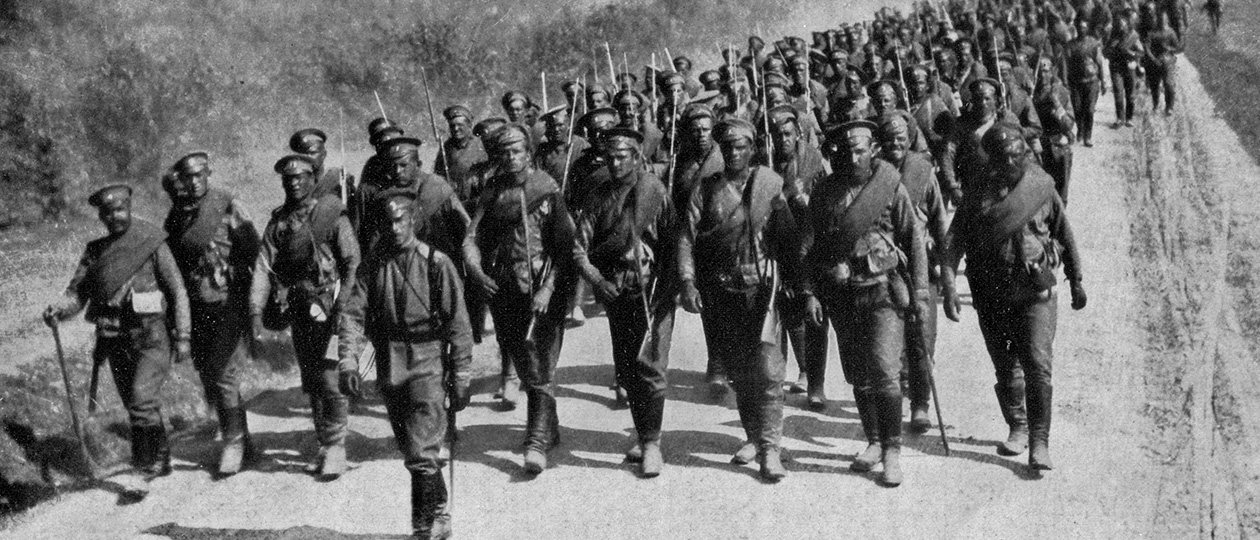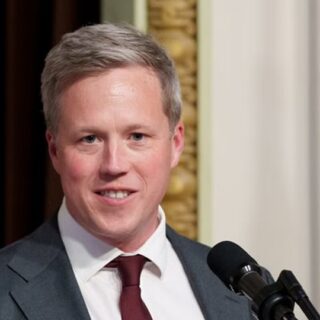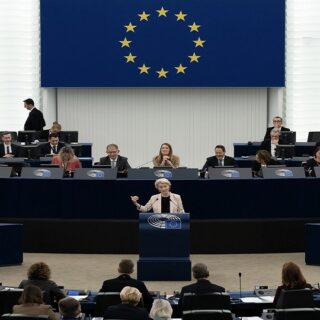
World War One was the catalyst that made possible the speedy collapse of the Russian state and society after the overthrow of Tsar Nicholas II in the February Revolution of 1917.
All sectors of society in the Russian Empire underwent major changes both on the war front and on the home front from 1914 to 1917. Much of the rebelliousness in all sectors of the population after the February Revolution derived from these changes.
However, terrorism was not one sign of the rebelliousness of the population between the February and October Revolutions of 1917. Mass violence of different protest movements and criminal violence were the two major expressions of the mood in the former empire.
As noted in the previous article, events between the February and October Revolutions can be described as a massive attack on all types of authorities.
Nicholas II was not the only person who lost his authority in Russia. As British historian Orlando Figes noted: “There was a rejection not just of the state, but of all figures of authority; judges, policemen, Civil Servants, army and navy officers, priests, teachers, employers, foremen, landowners, village elders, patriarchal fathers, and husbands.” (Figes, 1997, p. 359).
The list of discredited, challenged, and overthrown authorities can be expanded. People not only rejected the authority of many establishment institutions, such as the government, police, bureaucracy, Church, landowners and business owners, but also the authority of many counter-establishment institutions, especially the liberal and socialist parties. As noted previously, the central authority of both the Provisional Government and Petrograd Soviet of Workers’ and Soldiers’ Deputies was challenged and often overthrown on the regional, city, town, and even village level.
What made the population so rebellious in 1917? The tsarist government faced a rebellious population in the Revolution of 1905-1907, but it retained the support of the bureaucracy, the army, and the police. As well, the opposition was not united, particularly after the proclamation of the Manifesto of October 17, 1905, which granted political freedom and a State Duma.
What made the population more rebellious after the February Revolution was that millions of people had experienced the upheaval of World War One in different ways. Changes caused by the upheavals happened in these ways:
1. The Armed Forces: casualties were extremely high among officers, many of whom were of noble origin. They were replaced by thousands of junior officers and non-commissioned officers who were mostly of non-noble origin. Casualties were also high among enlisted men who were replaced by millions of conscripts and later by millions of reservists (often middle-aged men) as the supply of conscripts ran out. Reservists were often stationed in garrisons in cities—a factor that added to urban unrest in 1917.
2. The Factory Workers: replacing the factory workers drafted into the army were hundreds of thousands of women, teenagers, peasants, refugees and prisoners of war.
3. The Peasants and other rural residents: Peasants made up the majority of conscripts and recruits. Replacing them on the farms were millions of women, teenagers, children, war refugees, and prisoners of war. Women — widows and wives — made up an increasingly large proportion of heads of peasant households. Much the same happened in Cossack households.
4. Educated Society: before 1914, the Russian Empire had thousands of non-government organizations. These included political parties and movements, political Masonic lodges (formed by liberals and socialists as a way of avoiding police infiltration of their parties), trade unions, professional and business associations, women’s and students’ movements, producers’ and consumers’ cooperatives, cultural societies, ethno-cultural organizations, educational associations, charitable organizations, etc.
The war years witnessed an enormous expansion of non-government organizations as many people believed that the government was incapable of winning the war by its own efforts. Major civic efforts included the Union of Zemstva and Cities which employed hundreds of thousands of civilians in industries, hospitals, and other organizations and the Military-Industrial Committees formed to convert factories to war needs. Before 1917, all public associations were monitored by the Department of Police.
Note that many officials, particularly in the police and Ministry of the Interior, mistrusted any type of public initiative; even right-wing organizations came under suspicion because they were not initiated by the government and could always pursue subversive goals. This mistrust intensified during the war because Tsar Nicholas II along with many senior officials were determined that the educated classes would not use the war to force the government to enact major political reforms.
5. The Upper Classes: In the months leading up to the February Revolution, Nicholas II lost the support of many people from the upper classes due to perceptions that he and his wife Tsaritsa Alexandra, under the influence of Grigory Rasputin and “dark forces” (темные силы) were responsible for wartime defeats and home front problems. Talk about a military seizure of power was widespread among generals, senior bureaucrats, aristocrats, right-wing politicians, and even members of the Imperial Family. The desertion of the upper classes along with reactionary and conservative members of the educated society left Nicholas II doomed to face the February Revolution alone—and destroyed any chance of a monarchist counter-revolution in 1917 and the following years.
6. Ethnic Minorities: As the Russian army retreated from the western regions, millions of refugees fled or were evacuated or deported to interior regions of the Empire. By early 1917, about 6 million refugees, including Jews (often accused by right-wingers of spying for the Germans), Poles, Ukrainians, Belarusians, Lithuanians, Latvians, Germans, Roma, Armenians, Assyrians, and other peoples had been uprooted from the western regions and the Caucasus.
There were also 2.5 million prisoners of war just from Germany and Austria-Hungary, along with prisoners from the Ottoman Empire and Bulgaria (Gatrell, 1999, pp. 3-19), and hundreds of thousands of interned enemy aliens. These figures do not include hundreds of thousands of Central Asian Muslims who fled to China, Afghanistan, and other lands after the crushing of a rebellion in 1916. This rebellion turned into a virtual civil war between Russian and other European settlers and Central Asian Muslims. Also present in the empire were hundreds of thousands of migrant workers from China, Korea, Iran, and other countries.
The massive numbers of refugees, prisoners of war, enemy aliens, migrant workers, and other displaced people destabilized the home front, particularly in the cities, and aggravated inter-ethnic problems. Few other countries in the war faced such massive upheavals in their societies.
The home front disintegrated and was one factor accelerating the disintegration of state and society after the February Revolution. Adding to the catastrophic situation were the inability and unwillingness of the liberal and socialists to rule Russia after the overthrow of Tsar Nicholas II.
The former revolutionaries and oppositionists had turned into a counter-establishment after decades of criticizing the government without showing any interest in taking any responsibility to solve the country’s problems.
Sources Used:
1. Figes, Orlando. A People’s Tragedy: the Russian Revolution, 1891-1924. New York: Viking, 1997.
2. Gatrell, Peter. A whole empire: refugees in Russia during World War I. Bloomington IN: Indiana University Press, 1999.






One comment
Dmitry
13.09.2025 at 12:46
Excellent text, excellent analysis of the historical situation. Obviously, the short format does not allow to reveal many aspects of the topic, but the essence is presented correctly!